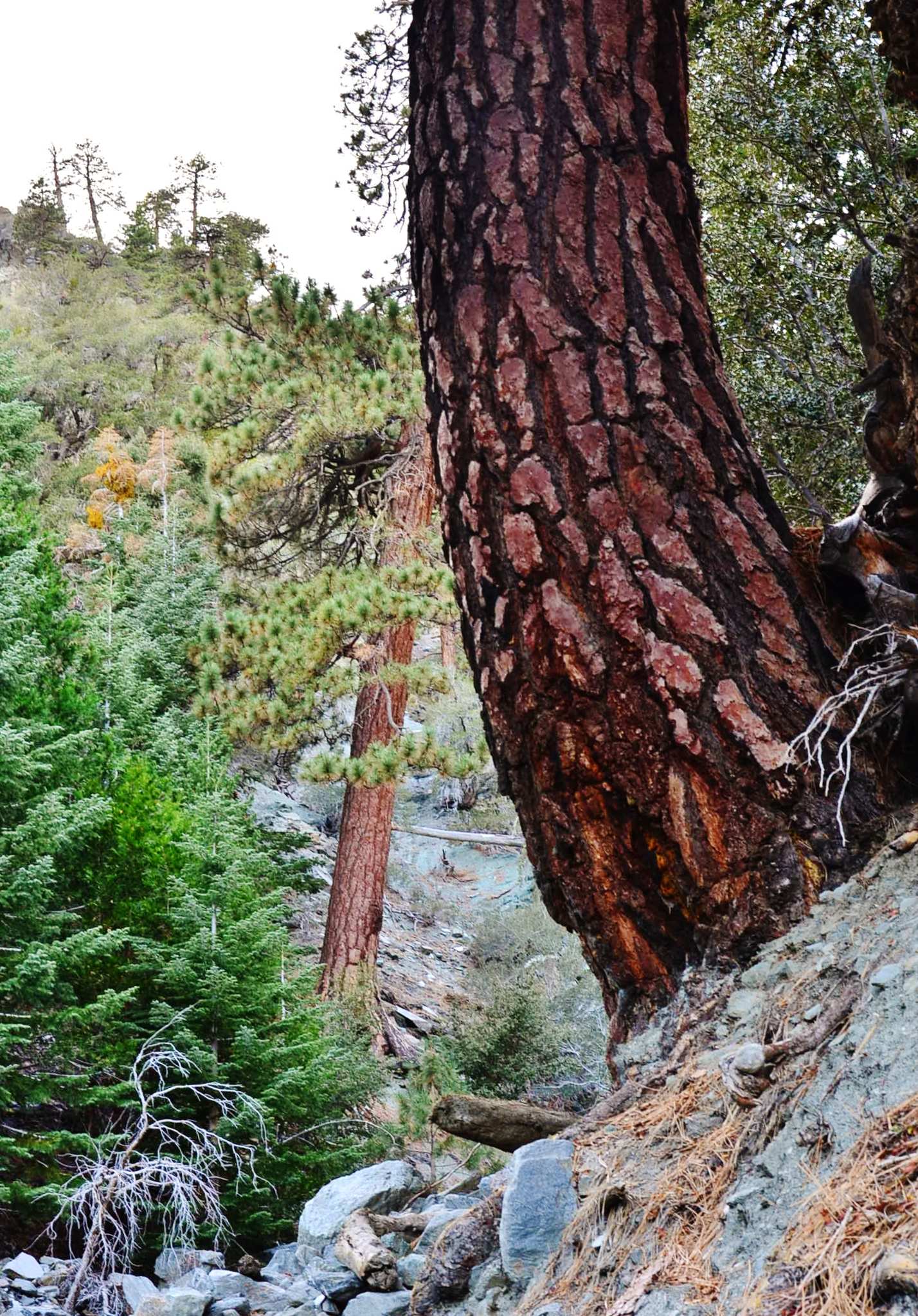Angeles National Forest rescue operations are critical for ensuring the safety of visitors in this vast wilderness area. These operations involve coordinated efforts between local sheriff’s departments, specialized rescue teams, and various agencies. The Los Angeles County Sheriff’s Department (LASD) plays a pivotal role in managing search and rescue missions, utilizing advanced equipment and trained personnel to respond to emergencies efficiently.
What Are the Key Components of Angeles National Forest Rescue Operations?

Angeles National Forest rescue operations comprise several essential elements:
- Coordination between multiple agencies
- Specialized rescue teams
- Advanced equipment and technology
- Rapid response protocols
- Trained personnel
Let’s delve deeper into each of these components to understand how they contribute to effective rescue missions in the Angeles National Forest.
Who Leads the Rescue Operations in Angeles National Forest?

The Los Angeles County Sheriff’s Department (LASD) takes the lead in coordinating search and rescue (SAR) operations within the Angeles National Forest. When an emergency call is received, 911 dispatchers connect the caller to the LASD, which then mobilizes the appropriate resources for the rescue mission.
Key points about LASD’s role:
- Primary coordinator for SAR operations
- Manages communication between various agencies
- Deploys specialized rescue teams
- Utilizes advanced equipment and technology
What Teams Are Involved in Angeles National Forest Rescue Missions?
Several specialized teams contribute to rescue operations in the Angeles National Forest:
- LASD Mountain Rescue Team
- Ground SAR units
- Air support teams (e.g., Sheriff’s Air Rescue 5 Helicopter)
- Additional resources from other agencies (through mutual aid agreements)
These teams work in tandem to ensure comprehensive coverage of the vast forest area and to address various types of emergencies effectively.
What Equipment Is Used in Angeles National Forest Rescue Operations?
Rescue teams in the Angeles National Forest utilize a wide array of specialized equipment to carry out their missions:
| Equipment Type | Examples |
|---|---|
| Air Support | Air Rescue 5 Helicopter |
| Ground Vehicles | 4×4 rescue trucks, ATVs |
| Specialized Gear | Rappelling equipment, hoists, litters |
| Communication Devices | Satellite phones, radios |
The LASD ensures that all team members are thoroughly trained in the use of this equipment, with training sessions covering rappel, hoist, and litter operations under expert supervision.
How Quick Are the Response Times for Angeles National Forest Rescues?
Response times for rescue operations in the Angeles National Forest can vary depending on several factors:
- Urgency of the situation
- Availability of resources
- Location of the emergency within the forest
- Weather conditions
In critical medical emergencies, the first available helicopter crew may be dispatched immediately. However, for less urgent situations, response times may be longer as ground teams and additional resources are mobilized.
What Are the Protocols for Wildlife Rescue in Angeles National Forest?
While the primary focus of rescue operations in Angeles National Forest is on human safety, wildlife rescue is also an important consideration. However, specific protocols for wildlife rescue are not as clearly defined in the available information.
General wildlife rescue considerations:
- Coordination with wildlife experts
- Involvement of local animal control services
- Specialized training for handling different species
- Safety precautions for both rescuers and animals
It’s important to note that wildlife rescue operations may require different approaches and expertise compared to human rescue missions.
Where Are the Key Facilities for Emergency Rescue Services in Angeles National Forest?
Emergency rescue services in Angeles National Forest utilize various facilities and strategic locations to enhance their response capabilities:
- Staging Areas:
- Barley Flats off Highway 2 (used for helicopter operations)
-
Other designated areas throughout the forest
-
Communication Centers:
- 911 dispatch centers
-
LASD communication hubs
-
Rapid Response Facilities:
- Helicopter bases
- Ground vehicle stations
- Equipment storage locations
These facilities are strategically placed to minimize response times and maximize coverage across the vast forest area.
How Do Communication Systems Support Angeles National Forest Rescue Operations?
Effective communication is crucial for successful rescue operations in Angeles National Forest. The following systems and tools play a vital role:
- 911 dispatch systems
- LASD communication networks
- Satellite messenger devices
- Two-way radios
- Emergency beacons
These communication tools enable rescuers to coordinate their efforts, share critical information, and maintain contact with individuals in distress.
What Training Do Angeles National Forest Rescue Teams Undergo?
Rescue teams operating in Angeles National Forest undergo rigorous training to prepare for various emergency scenarios:
- Wilderness survival techniques
- Medical evacuation procedures
- Specialized rescue methods (e.g., rappelling, hoisting)
- Equipment operation and maintenance
- Communication protocols
- First aid and emergency medical care
This comprehensive training ensures that rescue teams are well-prepared to handle the diverse challenges they may encounter in the forest environment.
How Can Visitors Contribute to Their Own Safety in Angeles National Forest?
While rescue services are available, visitors to Angeles National Forest can take proactive steps to enhance their safety:
- Plan trips thoroughly and inform others of your itinerary
- Carry essential supplies (water, food, first aid kit)
- Use appropriate safety gear (proper footwear, clothing)
- Stay on designated trails
- Carry communication devices (fully charged phone, satellite messenger)
- Be aware of weather conditions and potential hazards
- Know basic wilderness survival skills
By following these guidelines, visitors can reduce the likelihood of requiring rescue services and contribute to a safer experience in Angeles National Forest.

